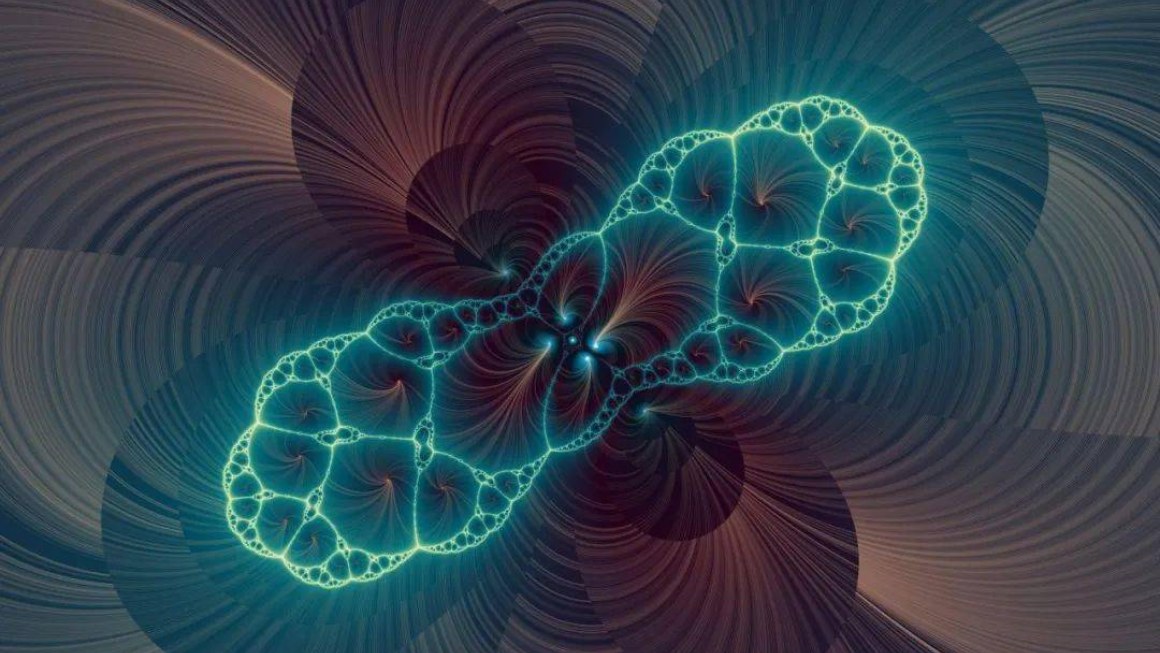Normally, the structural analysis of complex lipids relies on tandem mass spectrometry (MS/MS) or the activation methods based on collision, such as collision-induced dissociation (CID) and higher-energy collisional dissociation (HCD). In the previous, these methods were not been used to explore the subtle characteristics of glycerophospholipids, such as sn-stereochemistry and unsaturation elements, including cyclopropane modification which has a strong effect on biological activity. Cyclopropane fatty acids (CFAs) are produced by adding a methylene group across the double bonds of unsaturated fatty acids (UFAs) of bacterial phospholipids. In spite of cis or trans stereochemistry in the UFA, the conversion from UFA to CFA leads to the retention of stereochemistry. It is very common in the reaction of Escherichia coli (E. coli), other Gram-positive and Gram-negative bacteria with harsh environmental conditions. Mycobacterium tuberculosis (M. tuberculosis) contains mycolic acids (MAs) which are cyclopropyl fatty acids, and MAs are related to the critical roles in their pathogenesis. Due to the biological influences of such molecules, the structural analysis of cyclopropyl lipids is important.
Previously, the methods used for the analysis could not provide the information of the position and types of the unsaturated elements in the lipids. To address the issue, researchers utilized UVPD-MS to produce a diagnostic pair of segment ions that spaced 14 Da apart, and this pair of segment ions correspond to the dual cross-ring C-C cleavage of each cyclopropane ring. By using this method, the key diagnostic fragmentation in both positively and negatively charged lipids can be produced across all classes of lipids. With MAs, UVPD is capable of producing multiple pairs of diagnostic ions which leads to the localization of multiple cyclopropane rings within a single lipid. Therefore, by using UVPD-MS method, researchers went on the structural analysis of subtle lipid characteristics that is vital to bacterial pathogenesis.




